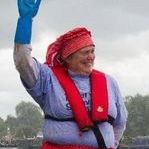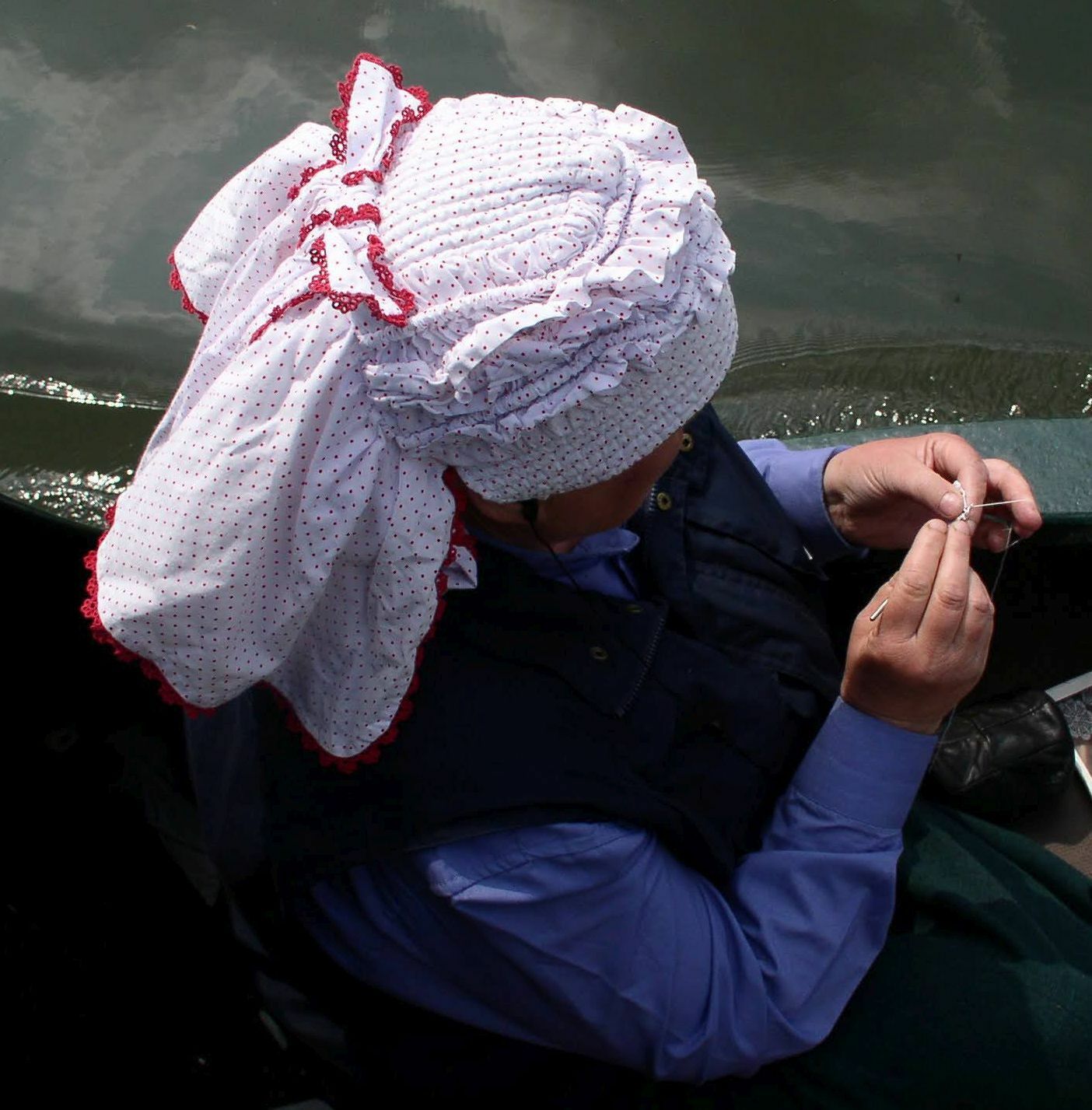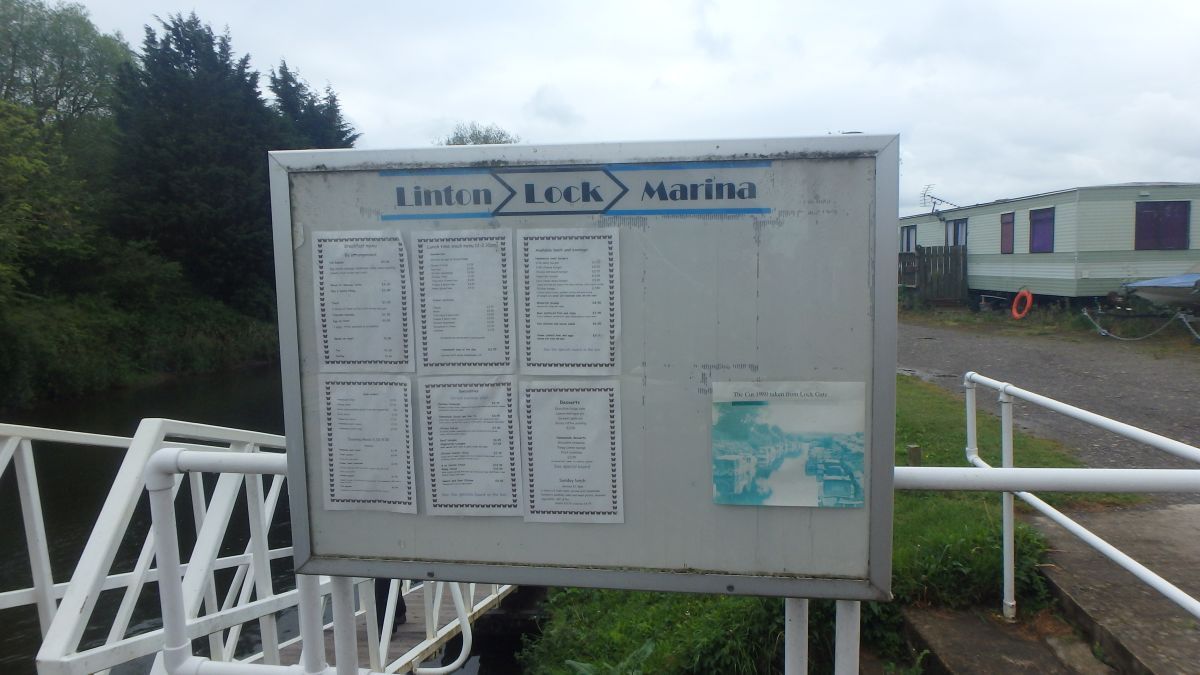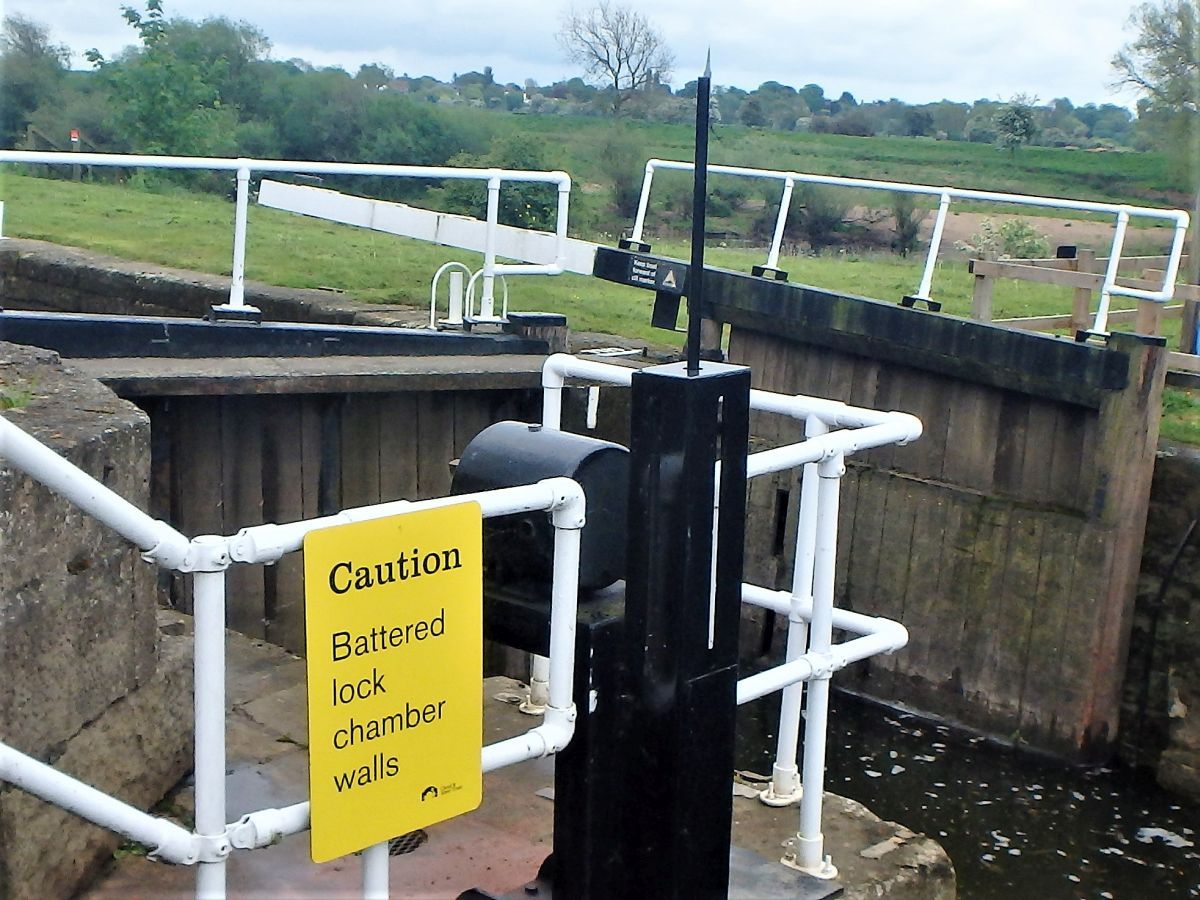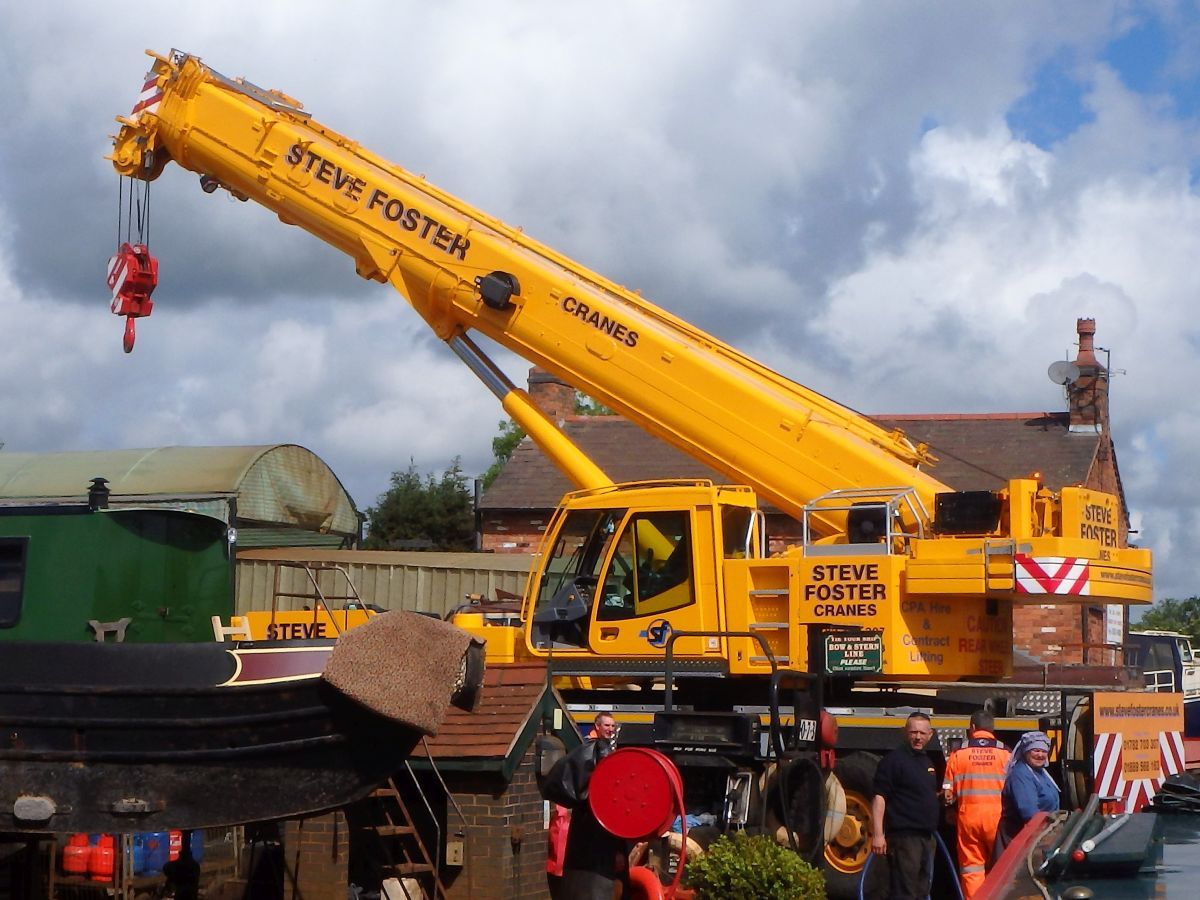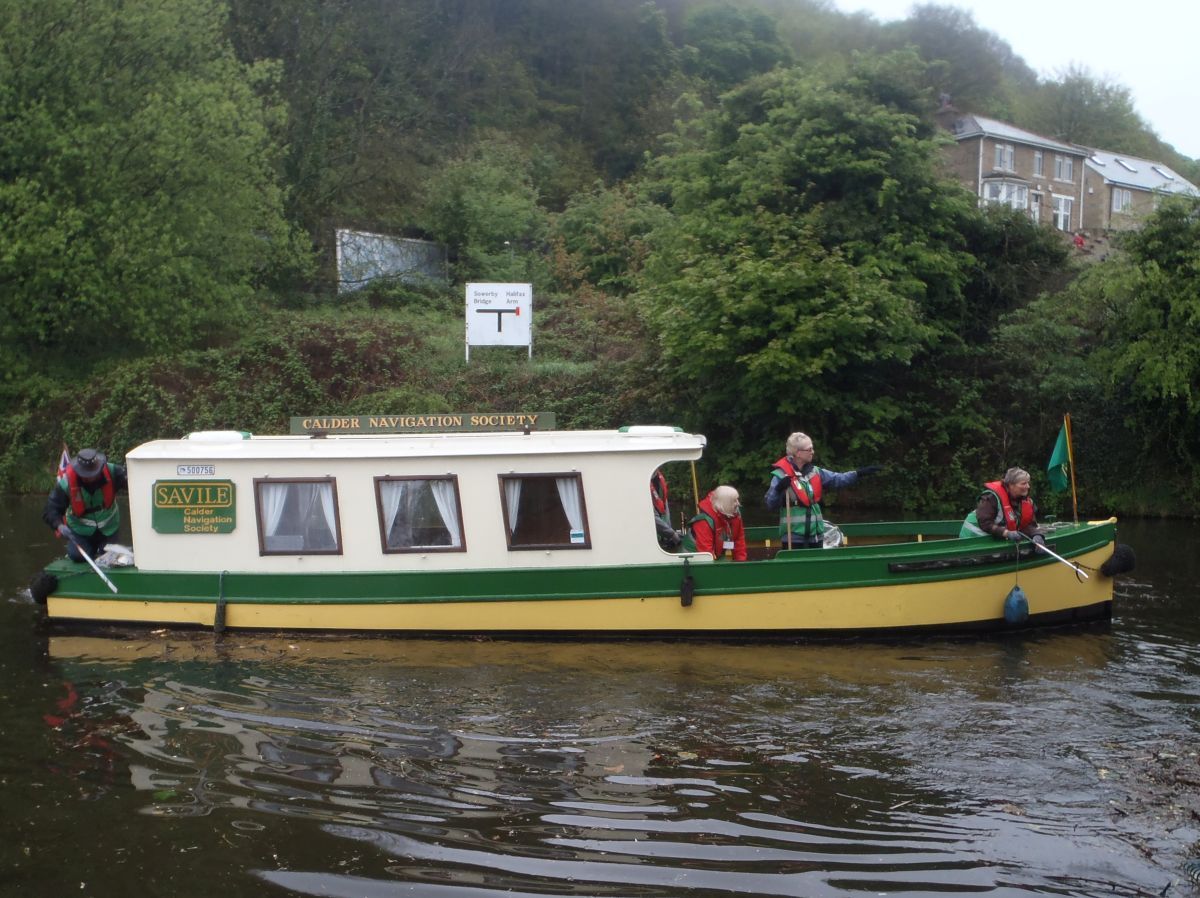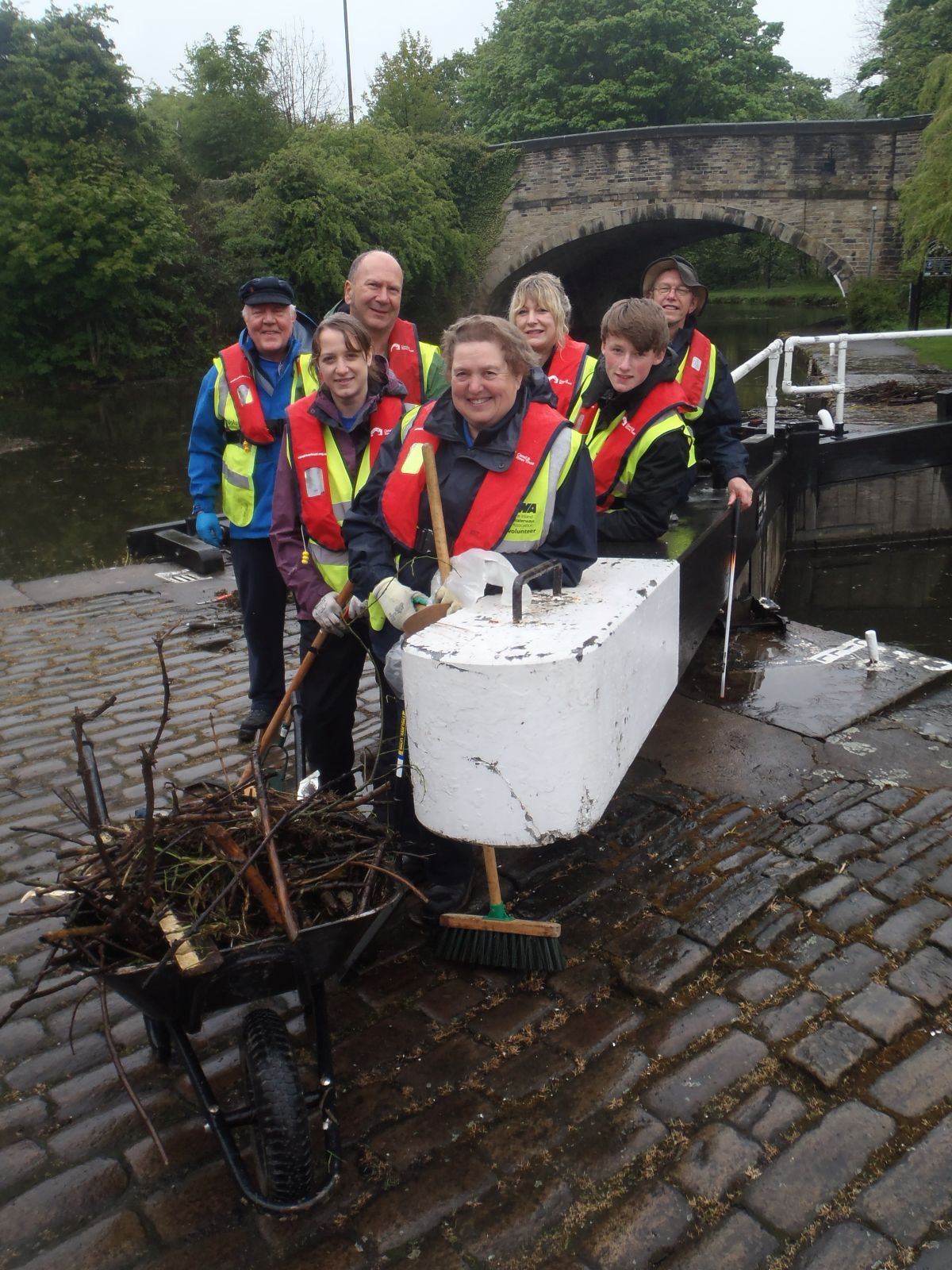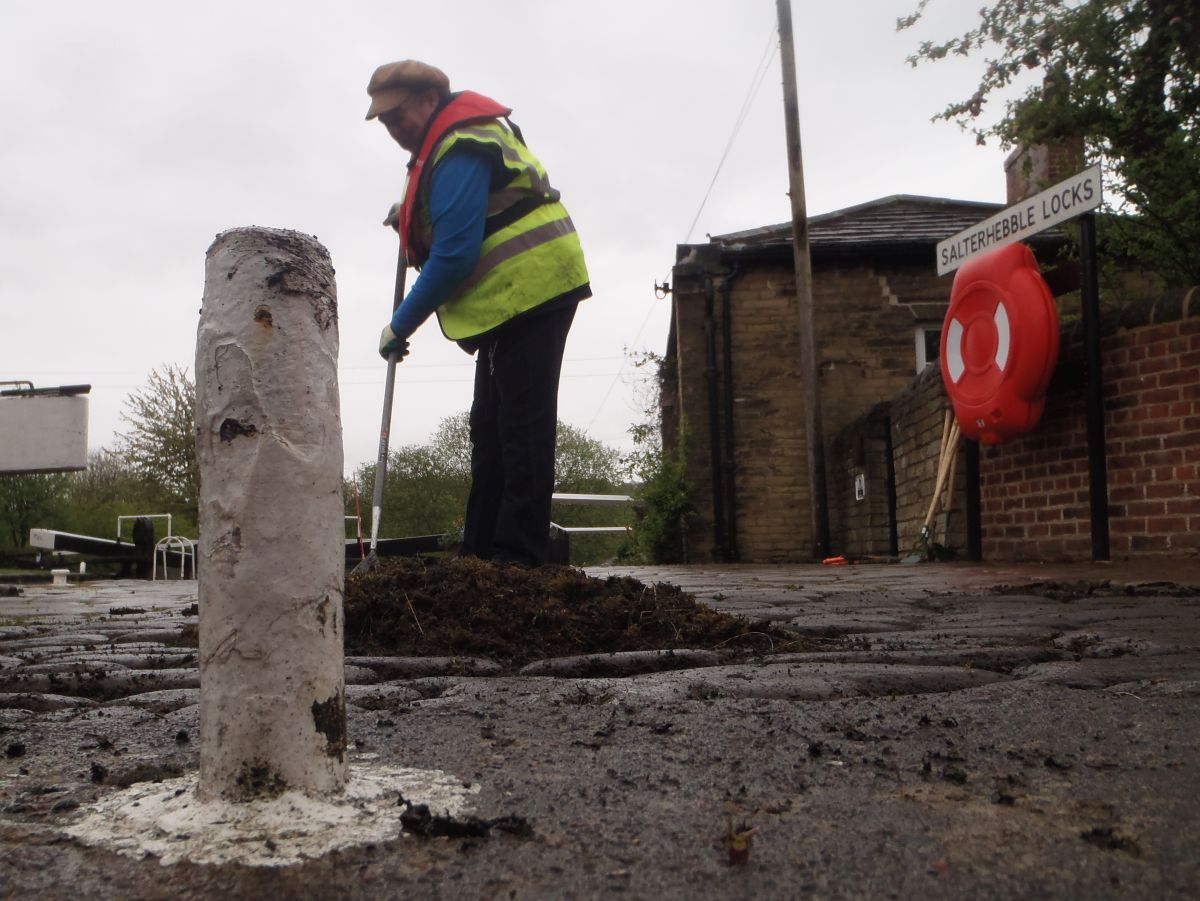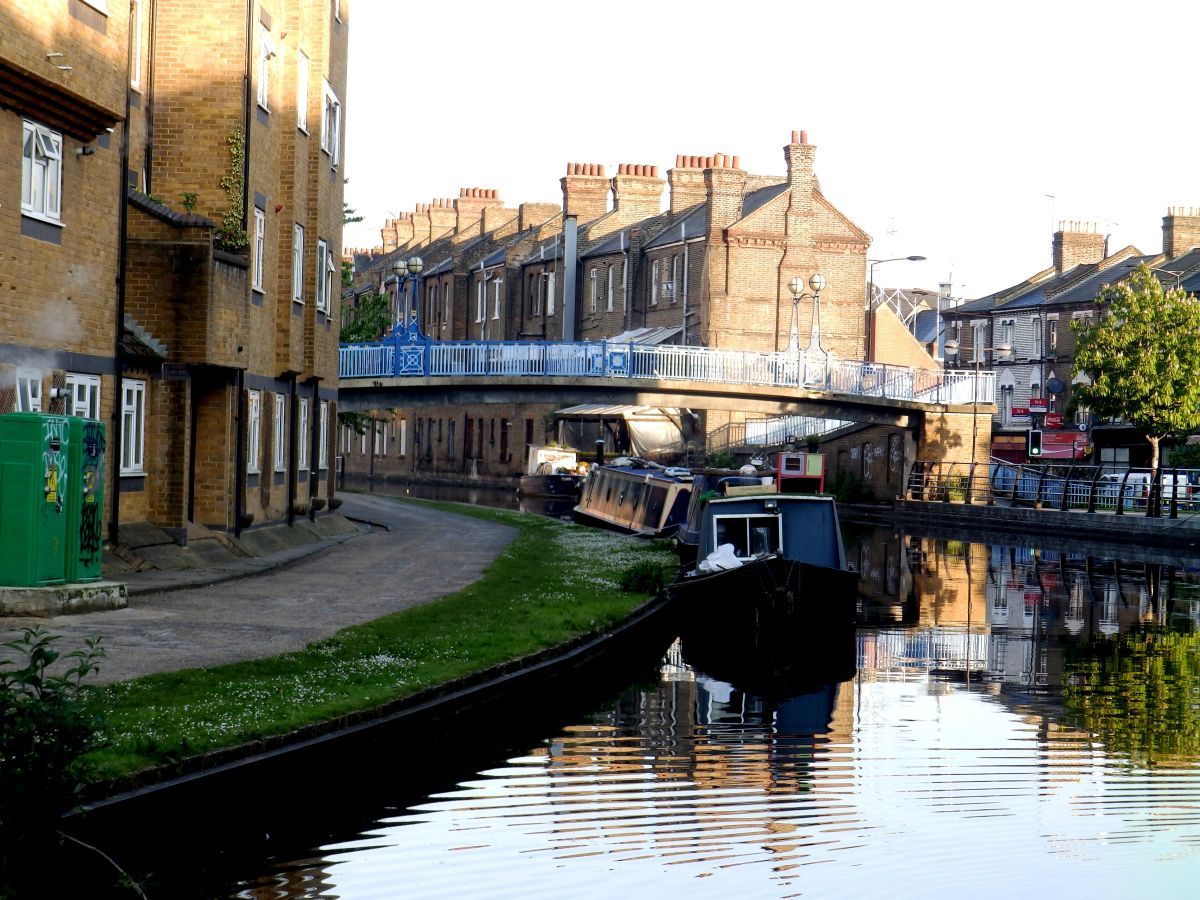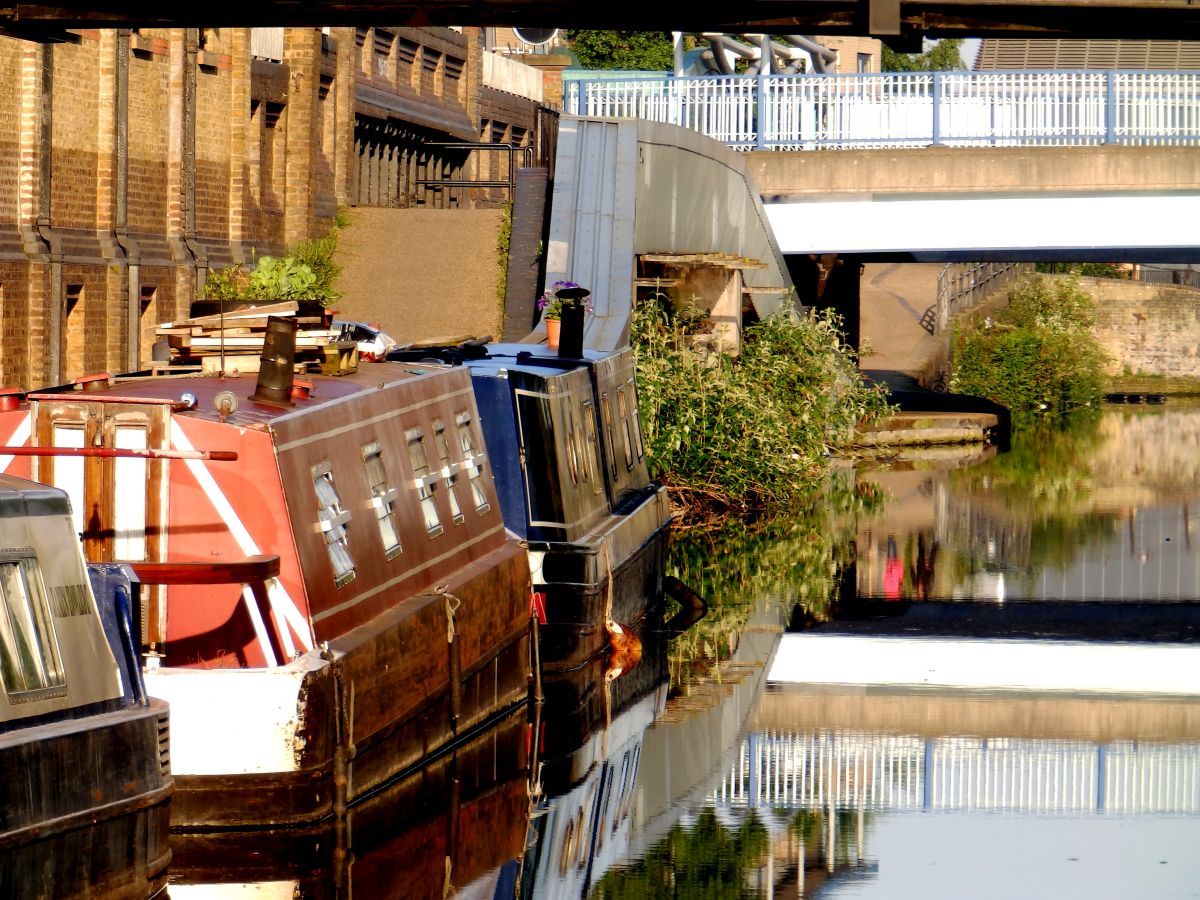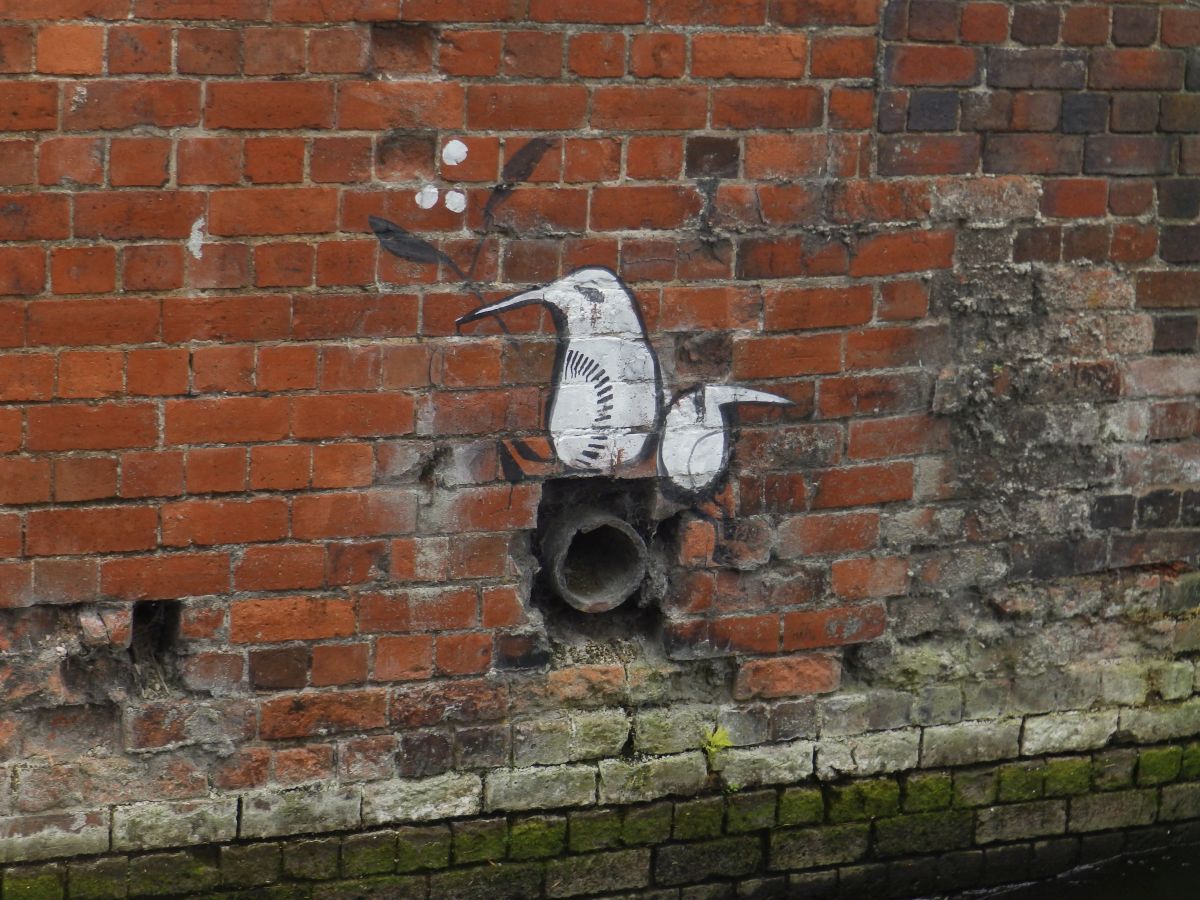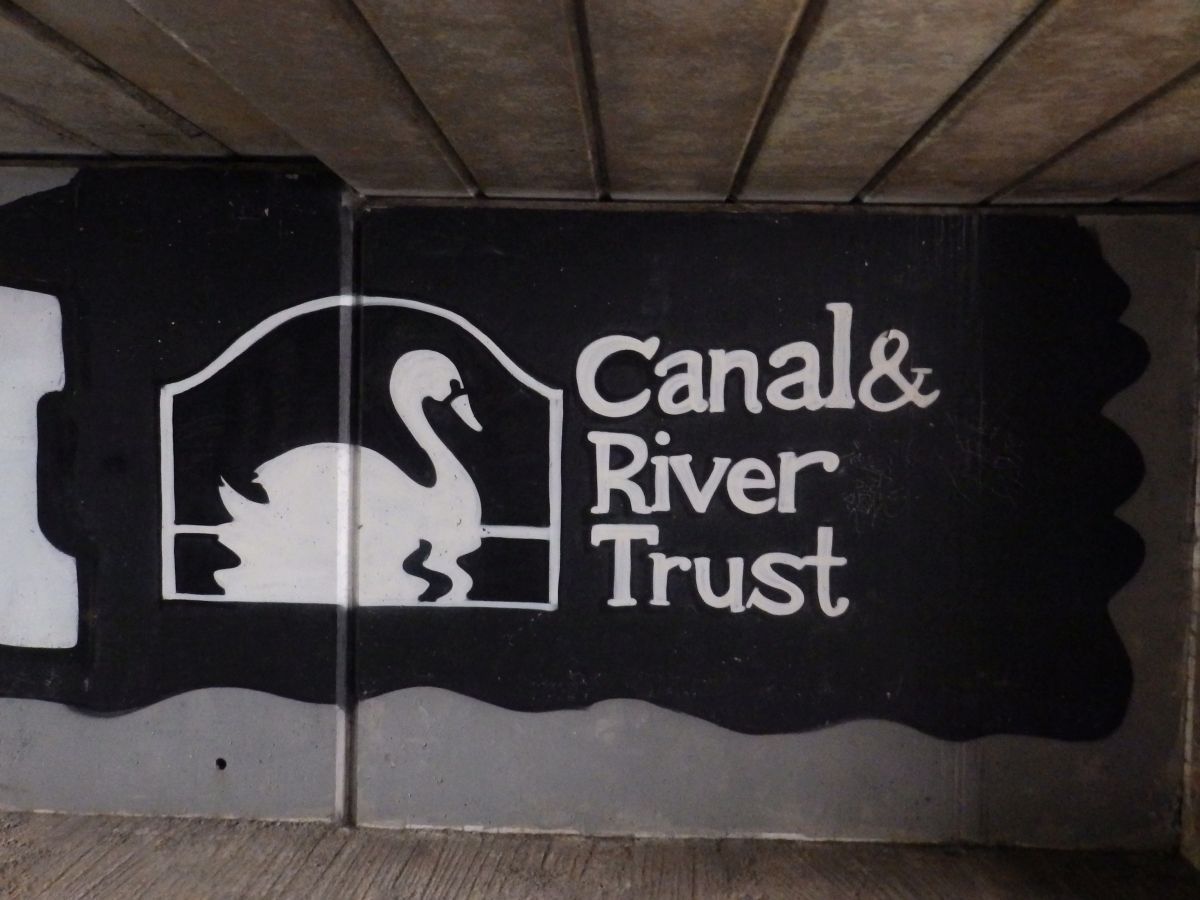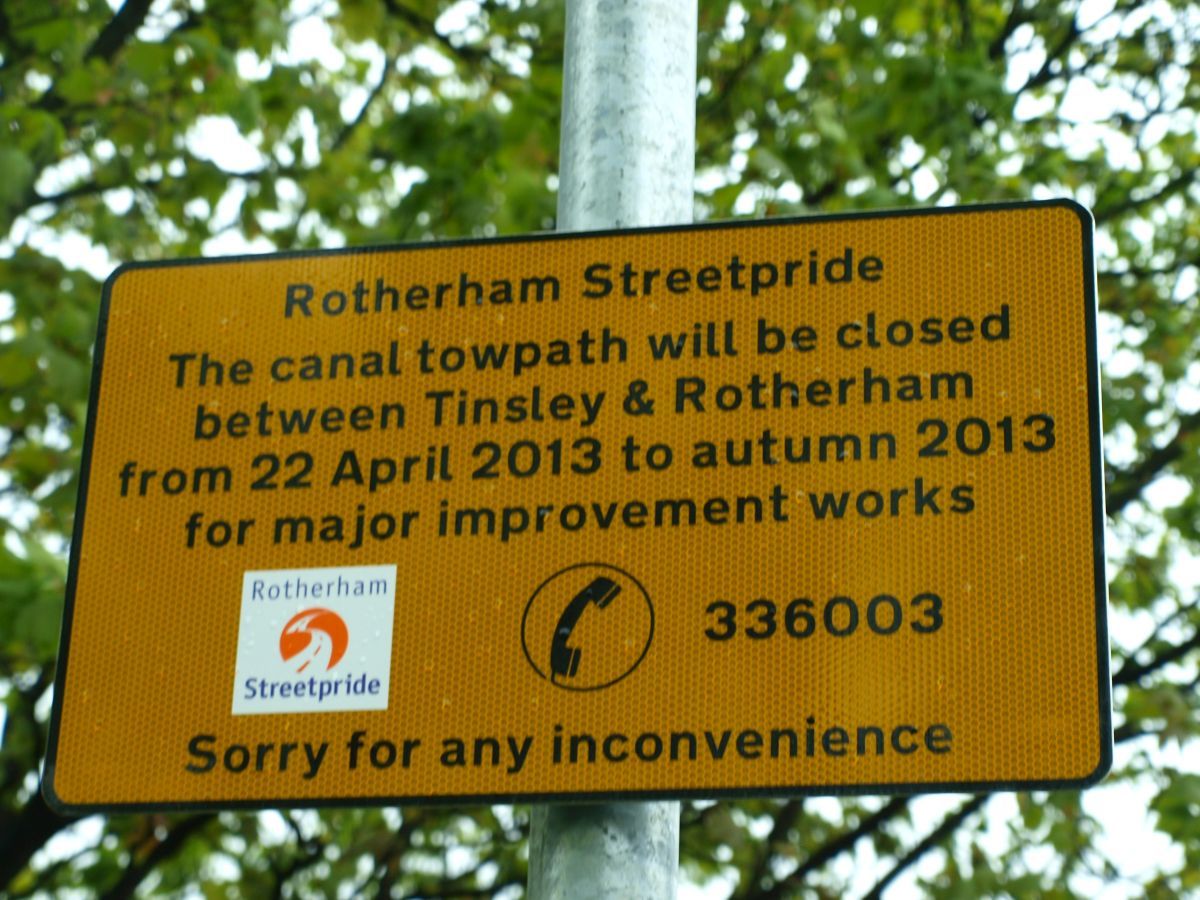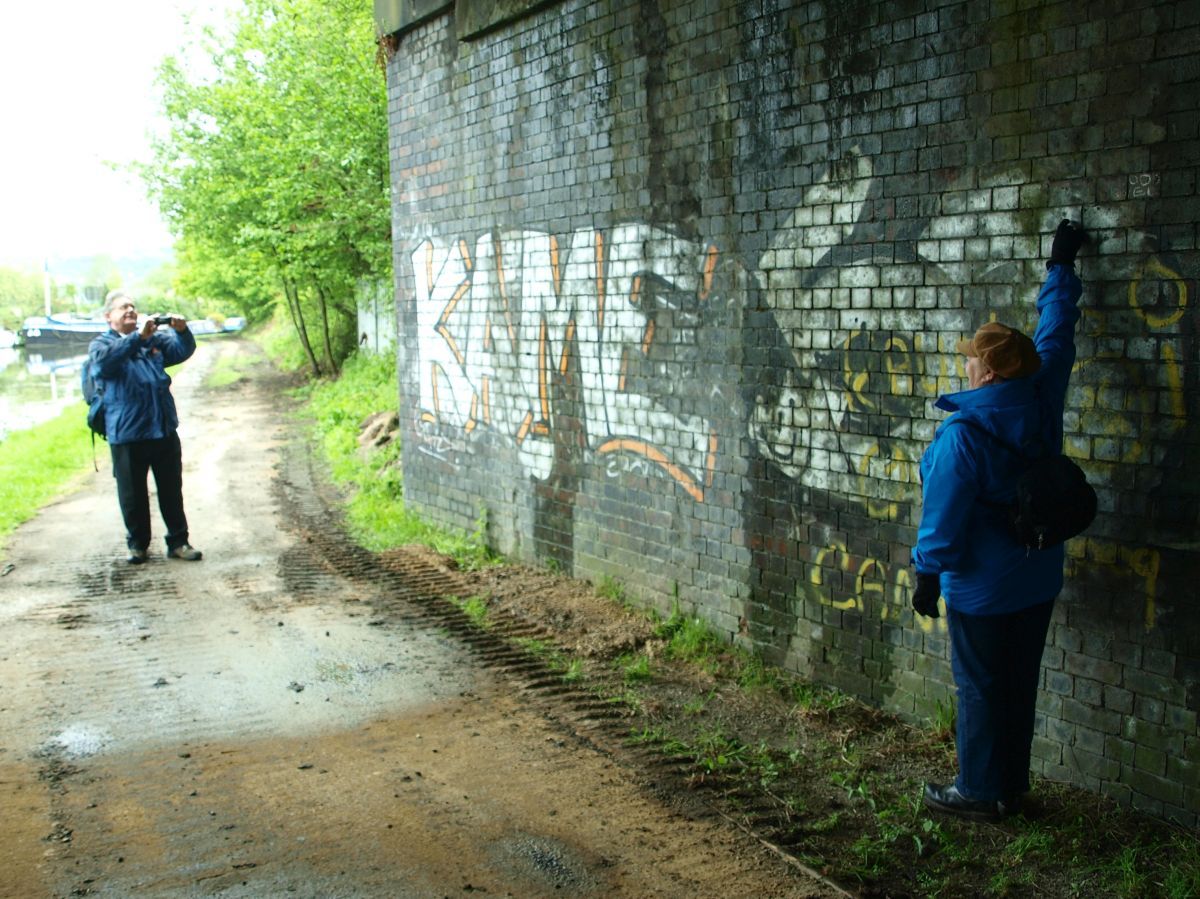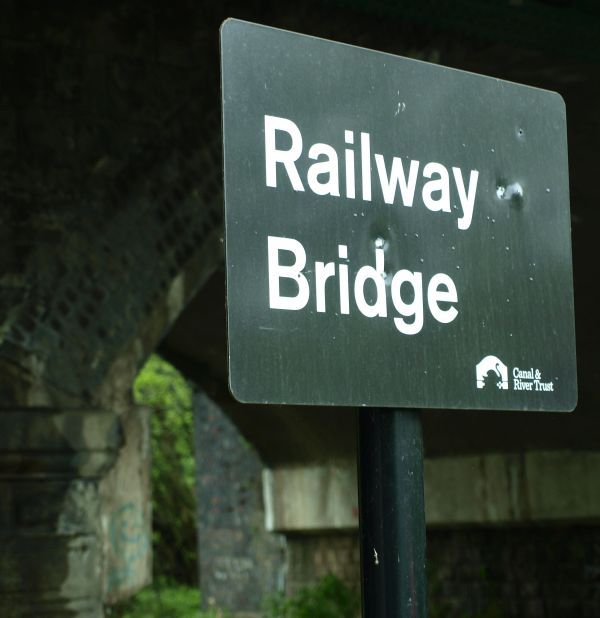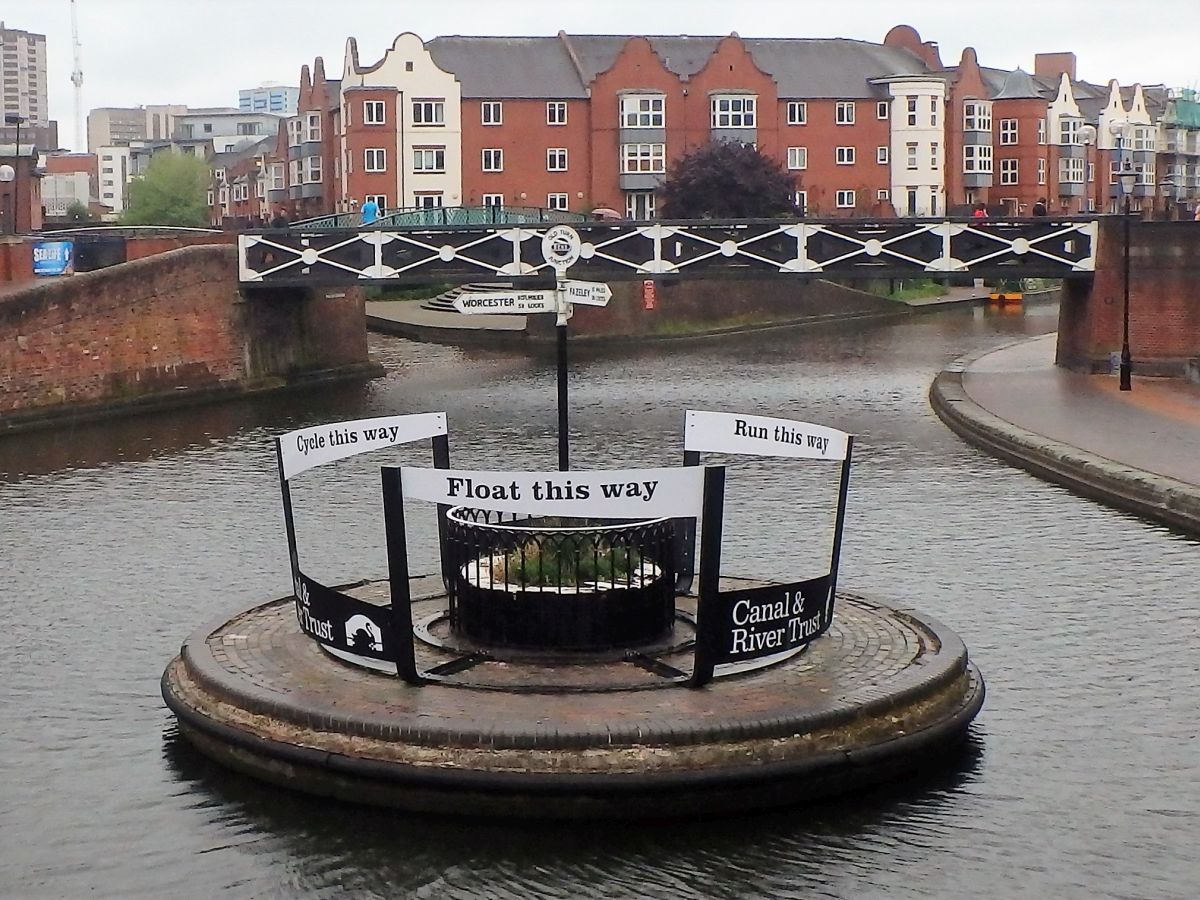-
Posts
21 -
Joined
-
Last visited
Profile Information
-
Gender
Female
-
Boat Name
CooperkinsII/Fulbourne/exLavender
Recent Profile Visitors
The recent visitors block is disabled and is not being shown to other users.
ElaineMary's Achievements
Explorer (2/12)
13
Reputation
-
Pictures from 9Sept2009. In 1999 I was standing here talking to Peter, who was on the offside gate, waiting for Copperkins to enter the lock. I was on the top step and behind me the staircase drops like this: By the time the boat was clear of the gate, and maybe because of Peter's engaging conversation (or maybe not), I had forgotten about the steps behind and pulled the gate handle, which was still at the far end of the beam and directly above the steps. I lost my balance, and (Peter says) spectacularly rolled down the steps coming to rest on the cobbles below, still holding my windlass. My elbow was broken, and still has the screws the hospital used to attach it together. It gives me a special twinge whenever we go through the lock, and Peter takes another dozen pictures of this year's version of the hazard and warning signage, which is now about as good as it could be, I suppose.
-
Genuine answer I find them practical. I have worn them on all boat trips since 1990 when i made my first bonnet. As BEngo says, the pleats form good insulation for both hot and cold weather. They also don't blow off. By the time the rain gets through the water has warmed up nicely. As they are tired at the back the curtains are held off the back of the neck which again helps with insulation. The original bonnets were less ornate and came from the bonnets worn by farm workers . The fish wives of Staithes wore similar bonnets. The boating bonnets became more ornate over the years. Two more frivolous answers:- nobody recognises me without the bonnet and you can't see what state my hair is in!
-
Making your own is cheaper wh3n the bonnet is lost on the nearest tree. You can make matching blouses or change the design to suit.
-
Only the first four on the left are mine. Minimum of three needed for weeks canaling - one on, one drying and one clean for pubs etc.
-
Best thing to do is to make your own. Pattern available from Waterways Museum Society or The Canal Shop Company Very easy to make. needing about 1.5 m of fabric. Use different weights for different times of year. Fine cotton or polycotton for summer, nice and light, Heavier cotton for winter. For rain I find a polyester materiel takes more time to get wet.


